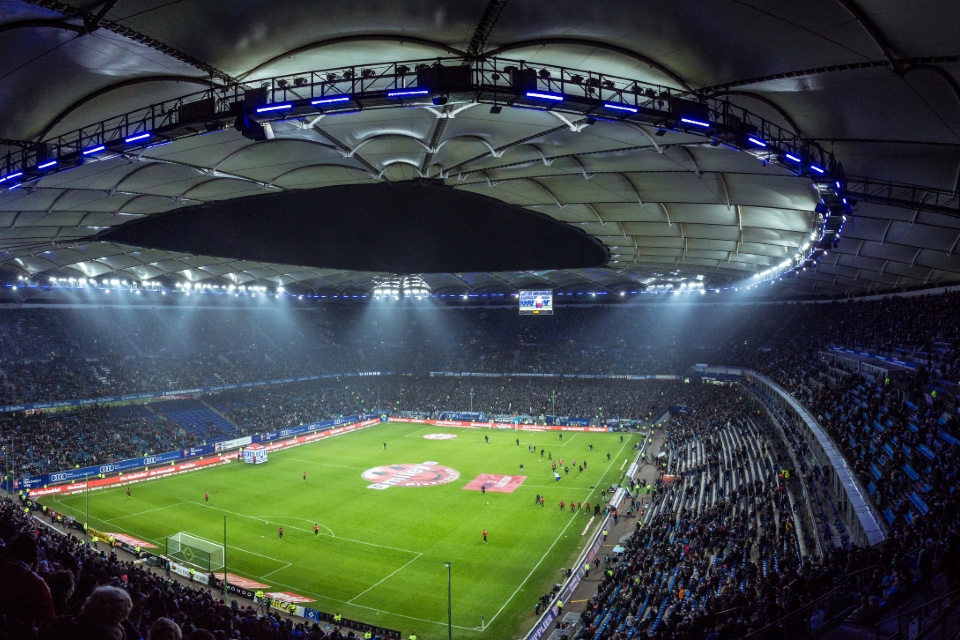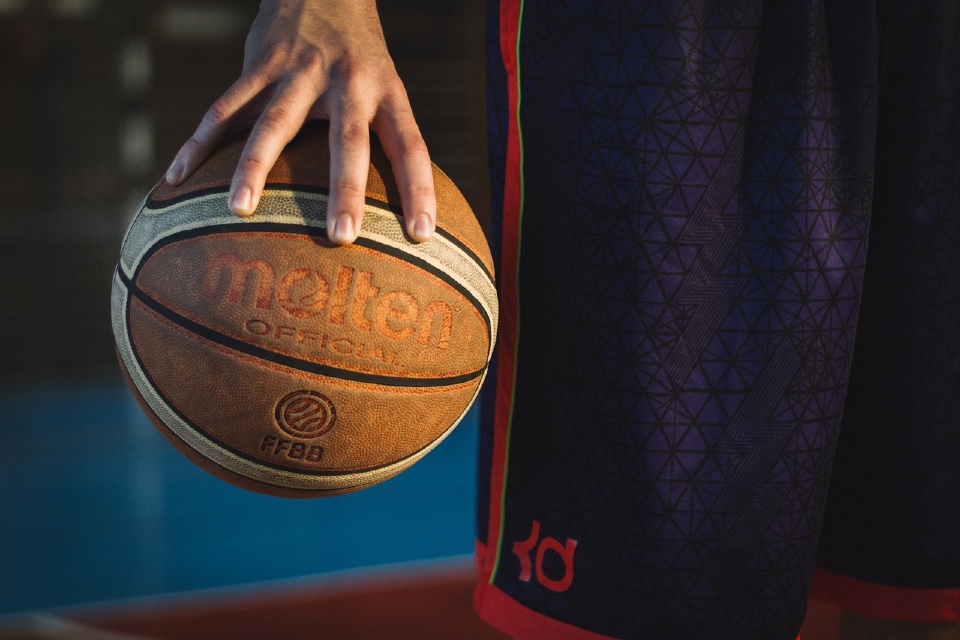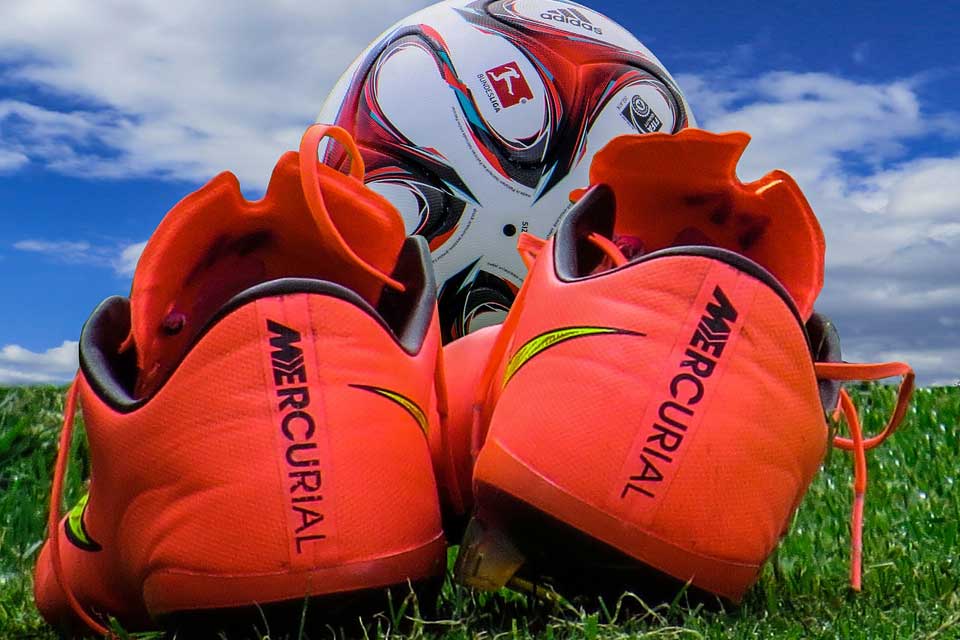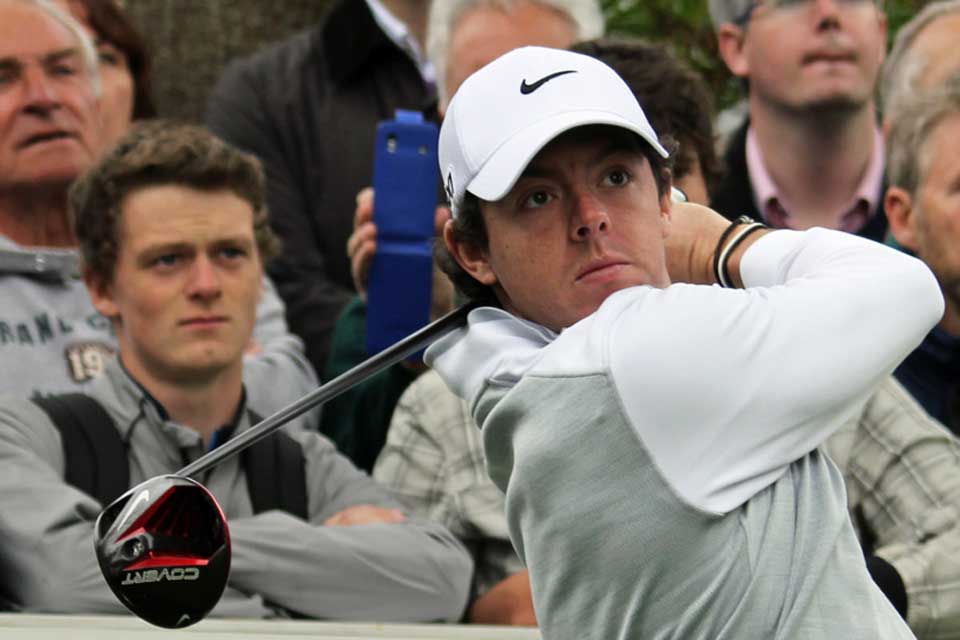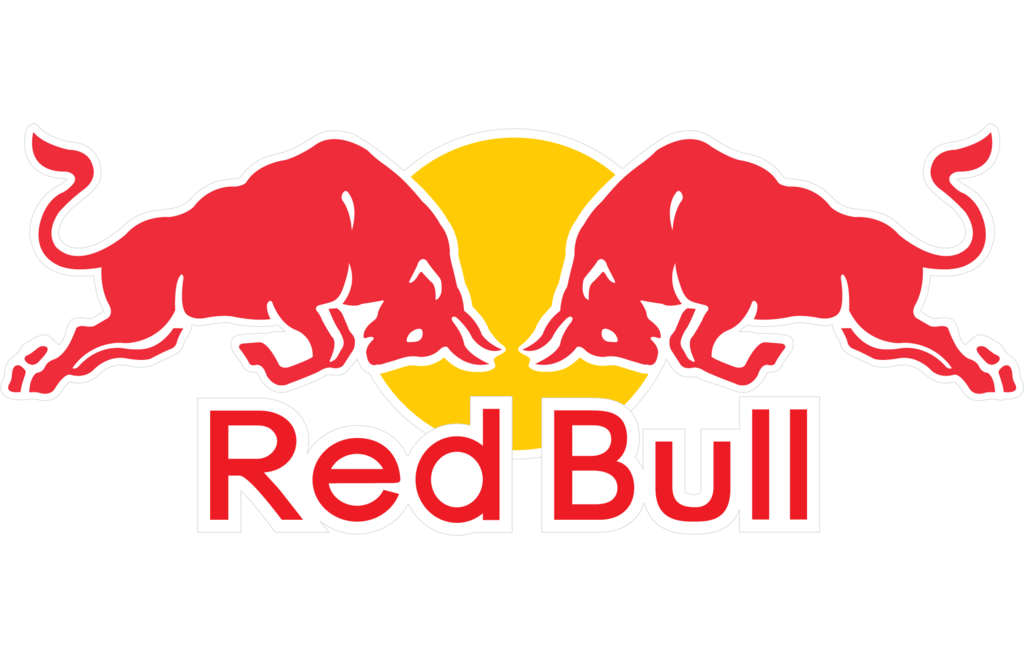Will the 2025 European Championships herald a new financial era for women’s football?
The Women’s European Championships 2025 were the biggest Euros yet. The huge growth of the women’s game over the last decade has helped drive notable increases in quality and professionalism, which has in turn driven larger sponsorships, higher revenues and faster growth than ever before.
In short, women’s football is big business. In 2024, it officially became the most valuable women’s sport globally, having generated an estimated €500m (£428m) annually, accounting for over 45% of female sports’ total revenue.
And, with recent international tournaments acting as financial catalysts for the women’s game, the 2025 Euros could be the next gamechanger to help skyrocket the women’s game in the UK. (especially with the Lionesses winning! = Ed). Here, we take a look at the numbers – with support from commercial finance expert Stuart Wilkie, from Anglo Scottish…
Euro 2025 – the numbers
This year’s competition heralds in a new age in terms of the amount of money available to the winners. There’s a total of €41m of prize money (£35.1m) available throughout the tournament – a 156% increase compared to the 2022 competition, where there was a total of €16m (£13.7m) available. Every qualifying nation is receiving €1.8m, while the winner will receive up to €5.1m.
The fee paid by UEFA to women’s clubs in order to release their players for the international tournament is also increasing from €500 (£428) per player, per day to €657 (£562) per player, per day.
“The tournament’s growth is indicative of the growing resource that UEFA is committing to the women’s game,” says Wilkie. “Before 2030, they’ve pledged to invest €1bn (£856m) in developing and growing the sport, which will be huge in bringing the game to more women and girls than ever before.”
International tournament broadcast growth
There’s also been significant growth from a platforming perspective, with some of the world’s biggest broadcasters contributing increasingly larger sums. Earlier in June, it was reported that media rights revenue for the tournament had already reached €85m (£72.7m), a 142% increase from the previous tournament.
2022 saw a cumulative global live audience of over 365 million, more than double the 2017 event, which peaked at 178 million. For this year’s edition, 34 public broadcasters across Europe have agreed to show the tournament, ensuring wide free-to-air access, especially in smaller markets.
There’s no question that the women’s game is at its biggest and most prestigious to date, particularly on the international stage. This fact, coupled with the significant increases in sponsorship revenue and prize money, suggests that anything less than a similar increase this year would be considered something of a failure.
Wilkie says: “We can expect this tournament to reach more people than ever, given that the stakes are higher and viewership is trending in an extremely positive way. Plus, the product is simply better – the number of women playing professionally across Europe has skyrocketed over the last decade – which is testament to the growth of the women’s game.”
Domestic broadcasting and sponsorship
On the national stage, signs are similarly encouraging. Last year, the Women’s Super League (WSL), the female equivalent of the Premier League, signed its biggest-ever TV broadcast deal, which came into effect this season.
With rights shared between Sky and BBC to the tune of approximately £65m over the next five seasons, it’s likely we will see a 100% increase on the previous deal, worth between £7m and £8m a year.
Meanwhile, in September 2024, Barclays renewed their title sponsorship for the next three seasons in a deal worth £45m– thought to be the biggest deal in women’s domestic football.
In the stands and on the screen
While increasingly lucrative sponsorships and growing global audiences point to the sustained growth of the domestic game, it’s increasingly evident that it’s still reliant on the impact of high-profile international tournaments to retain continued growth – at least in the UK.
A recent report from the Women’s Sport Trust found that broadcast audiences for the WSL dropped by 35% year-on-year, following significant increases in the wake of the Lionesses’ triumph at Euro 2022 and run to the final at the 2023 World Cup.
Last season represented the first campaign since 2021 that did not immediately follow a major international tournament. This indicates just how vital the international aspect is to the women’s game and brings Euro 2025 into focus as a key driver of further growth of women’s football.
In the stands, the story has been the same. During the most-recent season, game attendances dropped by 10% compared to the previous campaign. A report from Deloitte’s Sports Business Group also pointed to the lack of international football “drawing attention to the domestic game.”
“All the evidence points towards the international game acting as a huge driver of domestic women’s football,” says Wilkie – “So, another strong outing from the Lionesses at Euro 2025 could have massive implications for viewership at home and in-person, as well as for footballing enterprises at a grassroots level.”
The grassroots game
Though bums in seats are down year-on-year, there’s no denying that women’s football in the UK is becoming increasingly relevant in popular culture. The Lionesses Euro 2022 triumph continues to prove a vital watershed for UK viewers; over 30% of viewers began showing an interest in women’s football during that tournament, or during the following World Cup.
As per the FA, the number of women and girls playing football in the UK has increased by 56% following Euro 2022, indicating the huge growth potential for companies investing in the grassroots game.
Meanwhile, on social media, engagement and excitement continues to rise, despite the decreasing broadcast audience. Women’s football institutions, like the WSL, are leveraging high-growth platforms such as TikTok to target a younger audience, as well as those with an interest in other women’s sports.
What does this mean for the 2025 European Championships?
“All the signs point to the continued growth of women’s football,” Wilkie concludes. “Although attendances and broadcast audiences indicate that the domestic game is still reliant on international football to maintain growth, increasing numbers of professional women footballers and expanding grassroots infrastructure indicate that the frameworks of long-term sustained growth are taking shape.”
“Ultimately, however, everything points towards the continued growth of the sport. With England set to host the 2035 Women’s World Cup, it’s not necessarily a question of ‘if,’ but ‘when’ women’s football will take the next leap.”
Photo by My Profit Tutor on Unsplash





